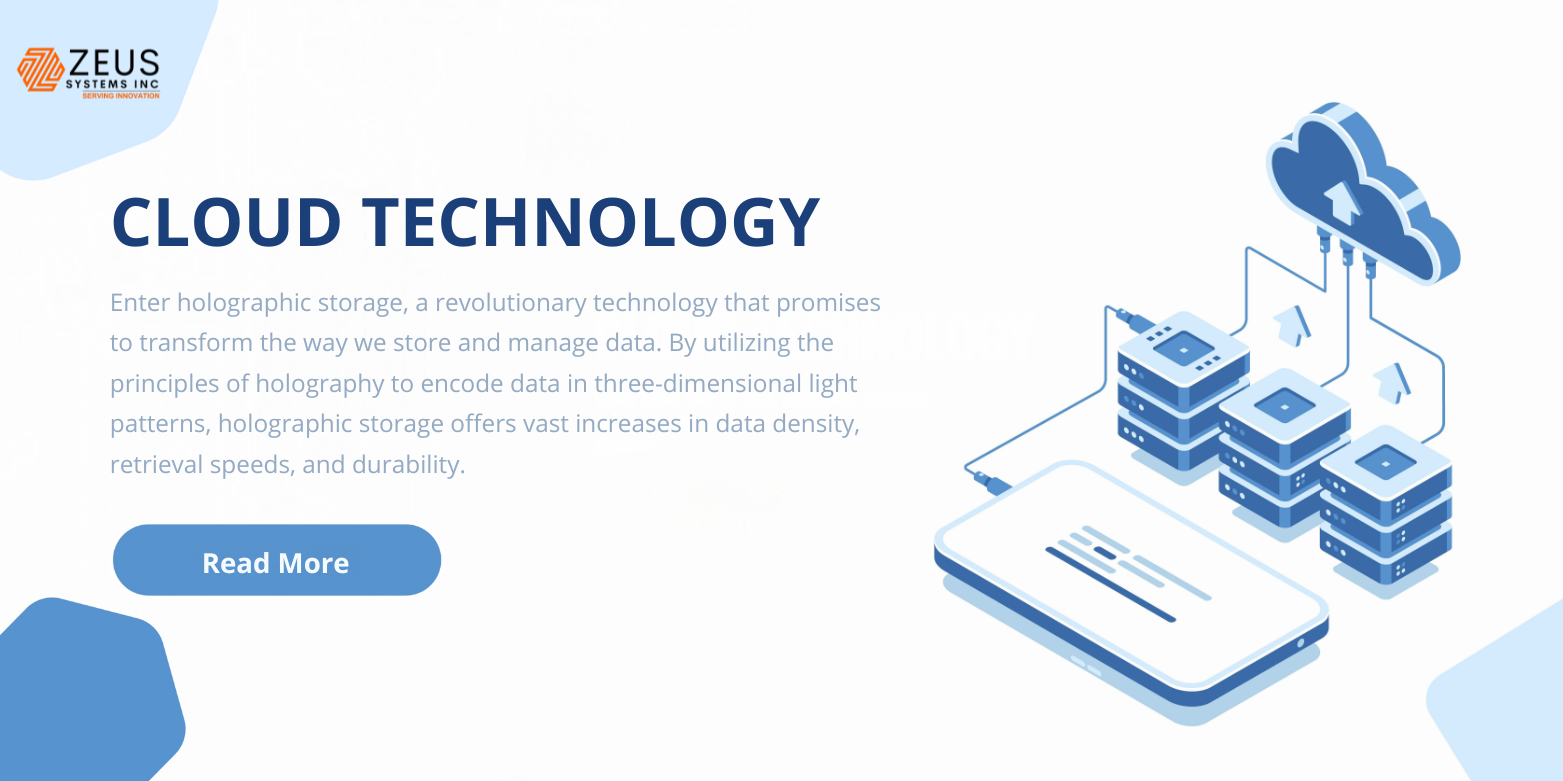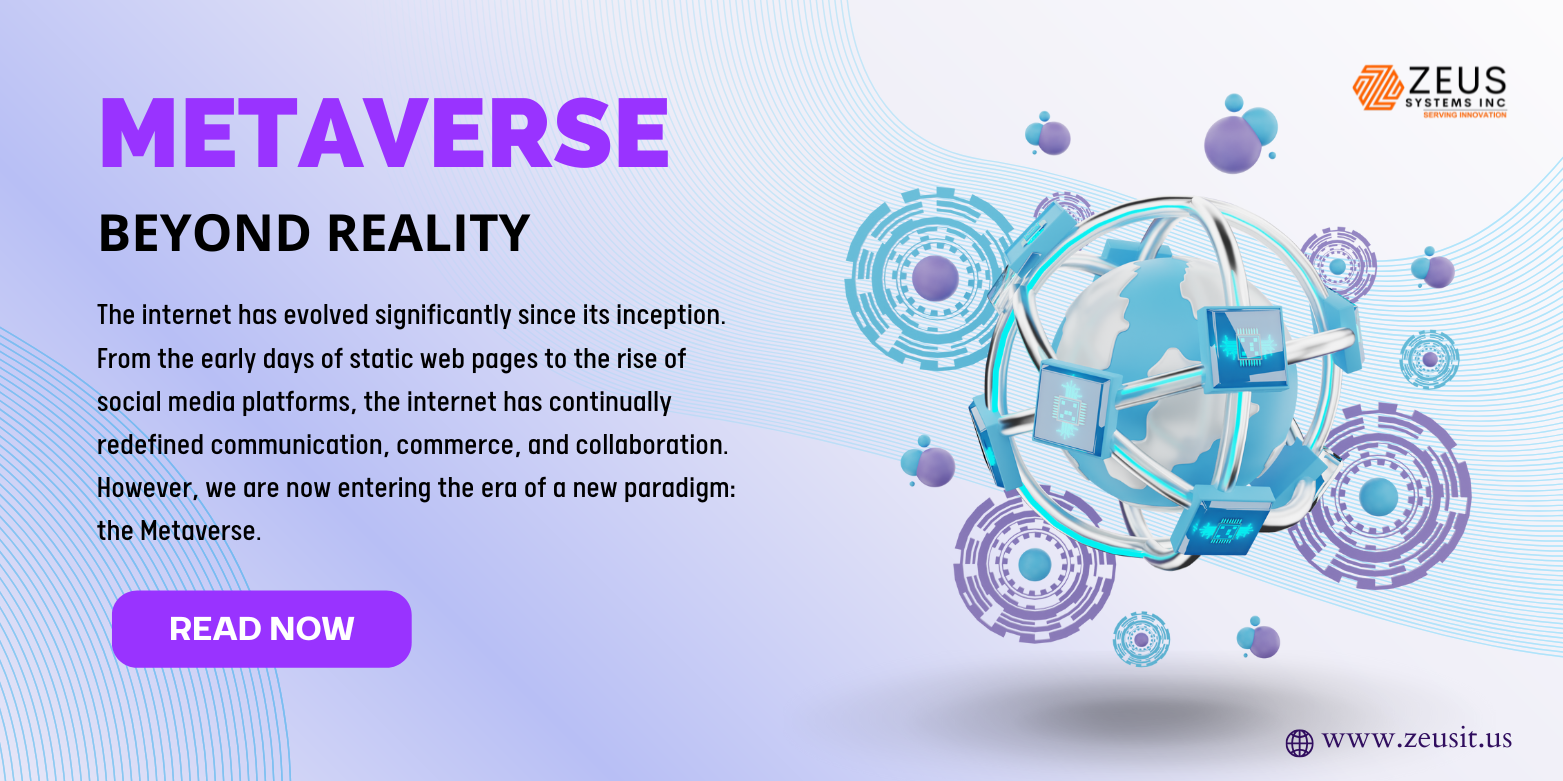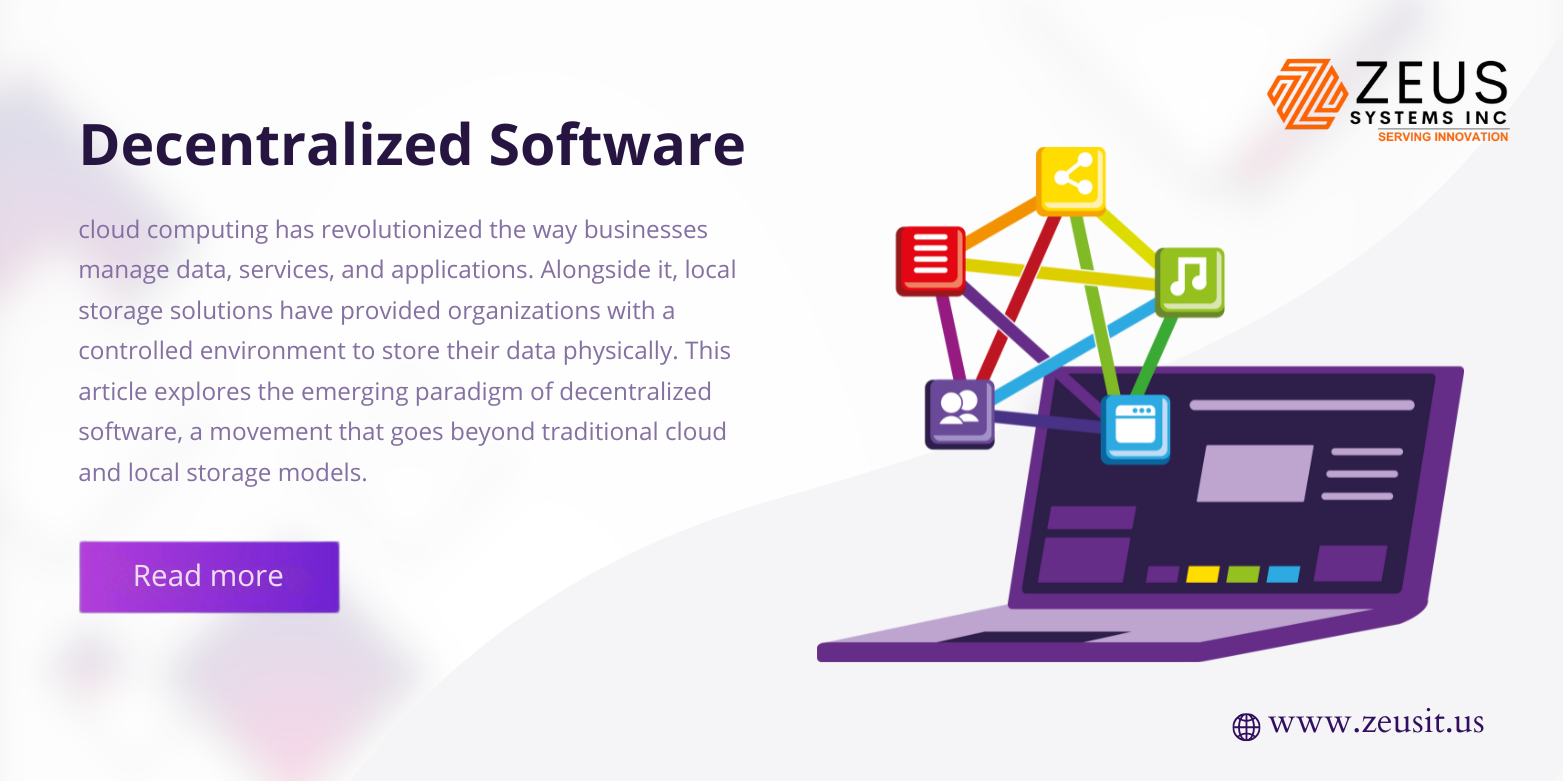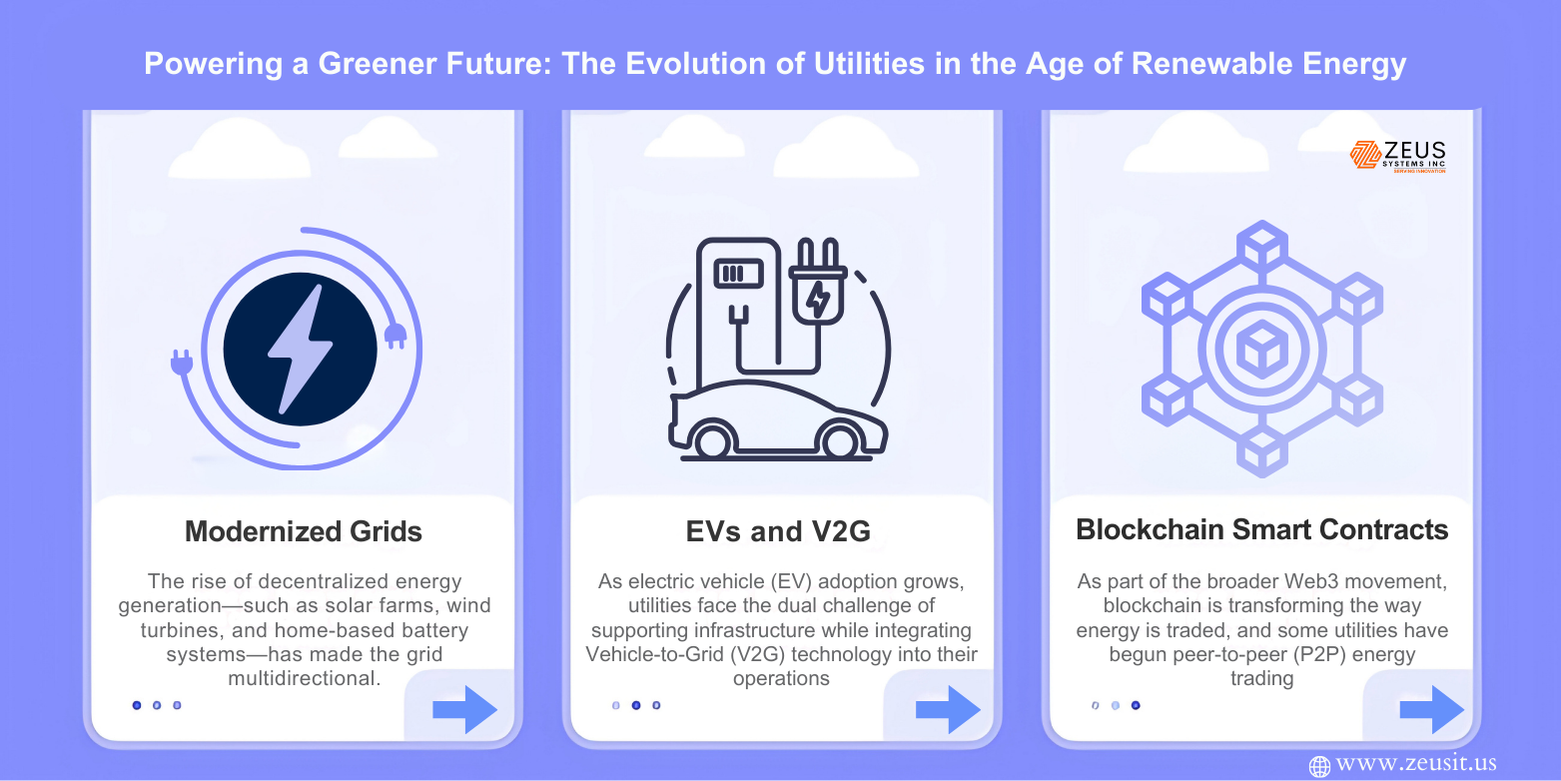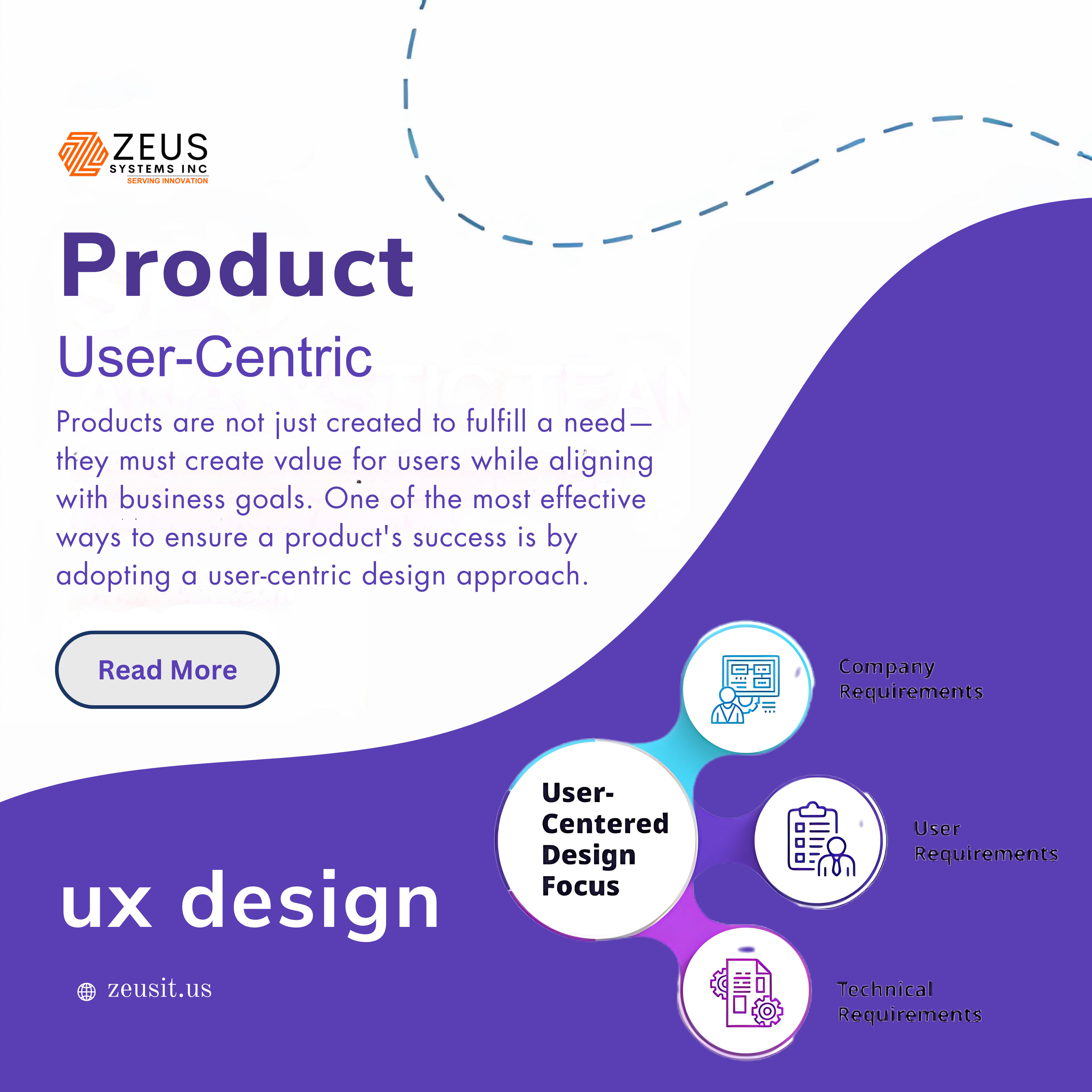The digital world is growing at an unprecedented rate. Every day, billions of gigabytes of data are created across industries, ranging from scientific research and medical records to social media posts and streaming content. As this data continues to accumulate, traditional storage systems—such as hard disk drives (HDDs) and solid-state drives (SSDs)—are starting to show their limits. These conventional storage technologies, while effective, face challenges in terms of capacity, speed, and cost-effectiveness.
Enter holographic storage, a revolutionary technology that promises to transform the way we store and manage data. By utilizing the principles of holography to encode data in three-dimensional light patterns, holographic storage offers vast increases in data density, retrieval speeds, and durability. This article explores the potential of holographic storage, delving into the scientific principles behind it, recent breakthroughs in research, its applications, and its future impact on the IT landscape.
1. The Science Behind Holographic Storage
At the core of holographic storage is the principle of holography, a technique that uses light interference to create a 3D image of an object. Unlike traditional storage systems that use a 2D plane to store data, holographic storage encodes data in multiple dimensions, significantly increasing the storage capacity. This is achieved by using light interference patterns that are recorded on a special photorefractive material, such as a photopolymer or a photorefractive crystal.
When a laser shines on the material, it creates an interference pattern. This pattern encodes data in the form of light intensity and phase, forming a “hologram” of the data. The hologram is not a traditional image but rather a 3D representation of the data. These holograms can be written, read, and rewritten, making holographic storage both a stable and dynamic medium for data storage.
In holographic storage systems, multiple holograms are stored within the same physical space, utilizing different light wavelengths, angles, or polarization states. This ability to store data in multiple dimensions allows holographic storage to achieve unprecedented data densities, offering the potential to store terabytes (and even petabytes) of data in a very small physical volume.
2. Historical Development of Holographic Storage
The journey of holographic storage began in the 1960s when scientists first developed the concept of holography. Initially used for imaging, it quickly caught the attention of data storage researchers due to its potential to store vast amounts of data in three-dimensional light patterns. In the 1980s and 1990s, several large technology companies, such as IBM and General Electric (GE), began exploring holographic storage as a potential replacement for traditional data storage systems.
However, early efforts faced significant challenges. One of the most pressing was the high cost of materials and low reliability of early photorefractive materials, which were not stable enough for practical use. Additionally, the writing and reading speeds of early holographic systems were slow, making them unsuitable for mainstream applications at the time.
Despite these setbacks, researchers persevered, and by the early 2000s, improvements in laser technology and material science sparked a renewed interest in holographic storage. The development of more stable photopolymers and faster lasers began to overcome earlier limitations, laying the groundwork for future advancements in the field.
3. Recent Research Trends and Breakthroughs
In recent years, the field of holographic storage has seen significant breakthroughs, driven by advancements in both material science and laser technology. Researchers have focused on improving the stability and speed of holographic systems, making them more practical and cost-effective.
Innovative Materials
One of the key areas of research has been in the development of photopolymers—materials that can be easily written on and read from with light. Photopolymers are a type of plastic that changes its chemical structure when exposed to light, allowing data to be encoded and retrieved. These materials are cheaper, more stable, and easier to manufacture than traditional photorefractive crystals, which were previously the material of choice for holographic storage systems.
Additionally, researchers are exploring the use of nanomaterials and organic compounds to further improve the efficiency and storage density of holographic systems. For example, nanoparticles can be used to enhance the sensitivity of the material, allowing for higher data storage densities and faster read/write speeds.
Improved Writing and Reading Technologies
The writing and reading speeds of holographic storage systems have also improved dramatically. Researchers are experimenting with multi-dimensional recording, which uses multiple light wavelengths or polarizations to encode data in more than one dimension, further increasing storage capacity. Advances in laser technology, particularly femtosecond lasers, have also made it possible to write and read data faster and with greater precision.
Artificial Intelligence and Machine Learning
An exciting area of development is the integration of AI and machine learning into holographic storage systems. Machine learning algorithms are being used to optimize data retrieval processes, reducing errors and improving system performance. Additionally, AI can help with error correction and data recovery, which are crucial for ensuring data integrity in large-scale storage systems.
Pilot Projects and Prototypes
Several tech companies and research institutions have developed holographic storage prototypes and are currently conducting trials to test the technology’s feasibility for mainstream use. For instance, LightSail, a company focused on holographic storage, has made significant strides in developing a commercial prototype that can store up to 1 terabyte per cubic inch. Similarly, research teams at Stanford University and MIT are exploring holographic storage’s potential for cloud computing and high-performance data centers.
4. Applications of Holographic Storage
The potential applications of holographic storage are vast, ranging from cloud computing to medical data management and even archival preservation. Below are some of the key areas where holographic storage could have a transformative impact.
Big Data and Cloud Computing
As the volume of data generated by businesses and consumers continues to grow, the need for efficient and scalable storage solutions has never been more urgent. Holographic storage can meet this demand by providing massive storage densities and fast data retrieval speeds. For instance, holographic storage could be used to store large datasets for cloud services, offering long-term data archiving without the risk of data loss or degradation.
Medical and Pharmaceutical Applications
In the healthcare industry, data storage needs are growing exponentially due to the increasing amount of medical imaging (e.g., MRI, CT scans) and genomic data being generated. Traditional storage systems are struggling to keep up, and holographic storage presents a solution. Its high capacity and fast retrieval speeds make it ideal for storing genomic data, patient records, and medical imaging files that need to be accessed quickly and reliably.
Additionally, holographic storage could be used to store large amounts of drug discovery data, enabling faster research and more efficient biotech development.
Archival and Cultural Preservation
Holographic storage has enormous potential in the field of digital preservation. The technology’s ability to store data for decades or even centuries without degradation makes it ideal for archiving historical records, cultural heritage, and sensitive government documents. Unlike traditional hard drives or tapes, which degrade over time, holographic storage can ensure that valuable data is preserved with minimal risk of loss or corruption.
5. Key Benefits of Holographic Storage
Holographic storage offers several advantages over traditional data storage technologies, which could make it a game-changer in the IT landscape.
Massive Data Density
The most significant advantage of holographic storage is its incredible storage density. Traditional hard drives store data on a 2D surface, while holographic storage utilizes 3D light patterns. This enables it to store terabytes of data per cubic inch, offering a storage capacity that far exceeds traditional systems.
High-Speed Data Retrieval
Holographic storage allows for parallel data retrieval, meaning that large amounts of data can be read simultaneously rather than sequentially. This significantly improves read/write speeds and ensures faster access to data, particularly for large datasets.
Durability and Longevity
Holographic storage systems are far more resilient than traditional systems. They are not affected by magnetic fields or environmental factors (such as temperature or humidity), and the data stored in holographic media is less likely to degrade over time.
Energy Efficiency
As data centers become larger and more energy-hungry, energy efficiency is becoming a major concern. Holographic storage systems use significantly less energy than traditional storage systems, making them an attractive option for sustainable data storage.
6. Challenges and Barriers to Widespread Adoption
Despite its potential, holographic storage faces several challenges that must be overcome before it can achieve widespread adoption.
Technological and Material Limitations
While significant strides have been made in the development of holographic storage materials, many of these materials are still in the experimental stage. Additionally, the high cost of producing these materials and the specialized equipment required for writing and reading data may limit the technology’s accessibility.
Competition from Other Storage Technologies
Holographic storage faces competition from both traditional and emerging technologies. Quantum storage, DNA data storage, and even next-generation SSDs offer alternative solutions that could delay the adoption of holographic storage in certain markets.
Market Adoption and Standardization
The lack of established industry standards for holographic storage poses a significant challenge. Without a clear and widely accepted standard, it will be difficult for holographic storage to be integrated into existing IT ecosystems and become a mainstream technology.
7. The Future of Holographic Storage
Looking ahead, holographic storage has the potential to become a cornerstone technology for data-intensive industries. As research continues to push the boundaries of what holographic storage can achieve, it is likely to play a critical role in the next generation of data centers, cloud services, and even consumer electronics. Key to its future success will be overcoming current technical limitations, reducing costs, and achieving broad market adoption.
Conclusion
Holographic storage represents a cutting-edge solution to the growing demands of data storage in the 21st century. By harnessing the power of light interference and three-dimensional data encoding, holographic storage promises to deliver unprecedented data densities, high-speed retrieval, and long-term reliability. As research continues to advance, it’s likely that this revolutionary technology will play a pivotal role in shaping the future of data storage, enabling industries across the globe to manage ever-expanding data volumes efficiently and sustainably.

